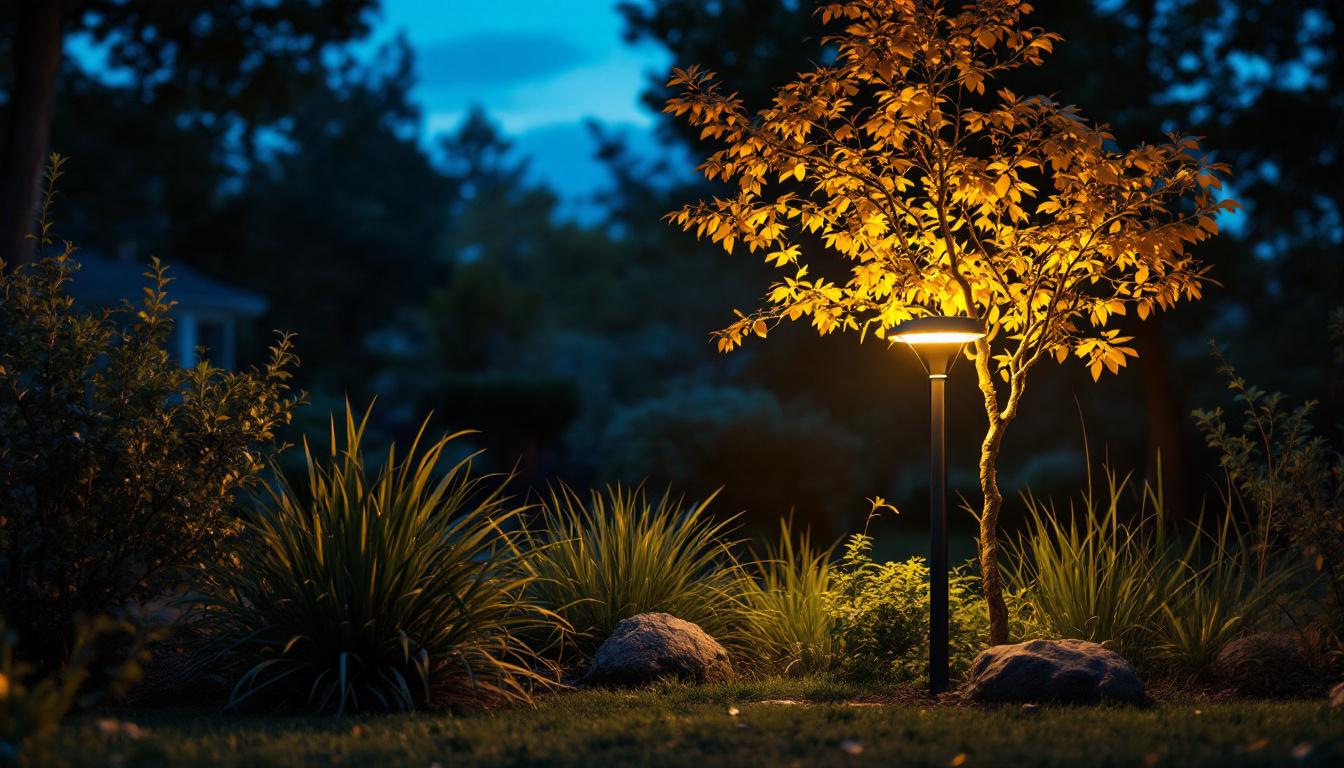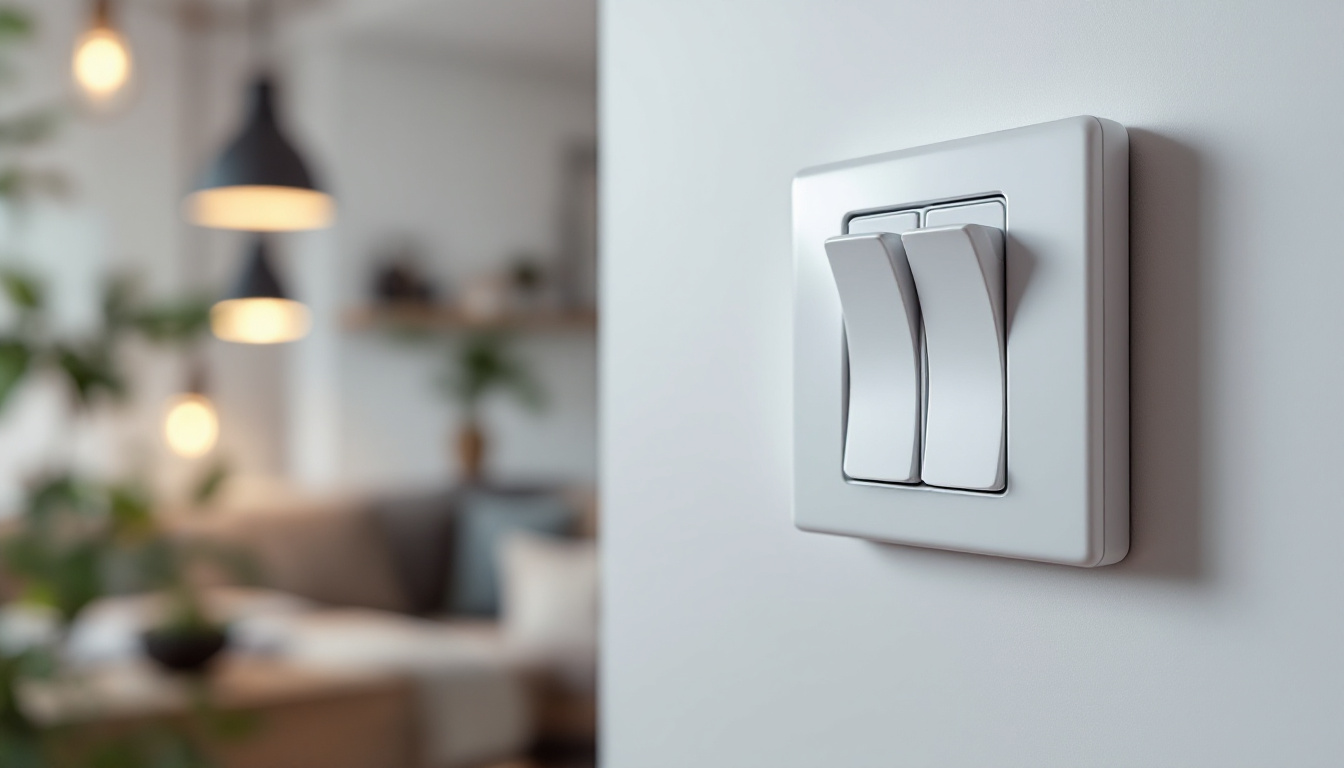
As the demand for sustainable and energy-efficient lighting solutions continues to rise, solar tree uplights have emerged as a popular choice among lighting contractors. These innovative fixtures not only enhance the aesthetic appeal of landscapes but also contribute to environmental conservation. However, despite their advantages, many contractors encounter common pitfalls when working with solar tree uplights. Understanding these mistakes can lead to more successful installations and satisfied clients.
Before diving into the common mistakes, it’s essential to grasp what solar tree uplights are and how they function. These fixtures utilize solar panels to harness sunlight during the day, converting it into energy that powers LED lights at night. This self-sustaining mechanism makes them an attractive option for outdoor lighting, especially in areas where traditional electrical installations may be impractical. Additionally, solar tree uplights can enhance the aesthetic appeal of gardens, parks, and outdoor venues by providing a warm, inviting glow that highlights the natural beauty of trees and landscaping features.
Moreover, the technology behind solar tree uplights has evolved significantly in recent years. Modern designs often incorporate advanced sensors that automatically turn the lights on at dusk and off at dawn, optimizing energy usage. Some models even come equipped with motion sensors, which can enhance security by illuminating pathways or entrances when movement is detected. This blend of functionality and innovation makes solar tree uplights a versatile choice for various outdoor settings.
Solar tree uplights offer numerous benefits that make them appealing to both contractors and clients. Firstly, they are cost-effective in the long run, as they eliminate the need for electrical wiring and reduce energy bills. Secondly, their installation is often simpler and quicker compared to conventional lighting systems. Lastly, they are environmentally friendly, reducing carbon footprints and promoting sustainability. In addition to these advantages, solar tree uplights can also contribute to safety by illuminating dark areas, making outdoor spaces more navigable and reducing the risk of accidents.
Furthermore, the versatility of solar tree uplights allows them to be used in a variety of settings, from residential gardens to commercial properties and public parks. Their ability to blend seamlessly with natural surroundings means they can enhance the ambiance of any outdoor space without detracting from its beauty. This adaptability is particularly beneficial for landscape designers and architects who aim to create cohesive outdoor environments that are both functional and visually appealing.
When selecting solar tree uplights, several key features should be taken into account. These include the quality of the solar panel, battery capacity, brightness (measured in lumens), and the durability of the materials used. Understanding these features helps contractors choose the right products for their projects, ensuring that clients receive optimal performance and longevity. Additionally, it’s important to consider the design and style of the uplights, as they should complement the overall aesthetic of the landscape.
Another critical aspect to evaluate is the weather resistance of the uplights. Given that they will be exposed to various environmental conditions, selecting models that are rated for water and UV resistance can significantly extend their lifespan. Some solar tree uplights also come with adjustable brightness settings or color temperature options, allowing users to customize the lighting effect based on specific needs or occasions. By taking the time to assess these features, contractors can ensure that the solar tree uplights they choose will meet both functional and aesthetic requirements, providing lasting satisfaction for their clients.
Even experienced lighting contractors can make mistakes during the installation of solar tree uplights. Recognizing these errors can help avoid costly rework and enhance client satisfaction. Below are some of the most frequently encountered issues.
A thorough site assessment is crucial before installation. Contractors often overlook the importance of evaluating the location where the uplights will be installed. Factors such as sunlight exposure, surrounding vegetation, and potential obstructions can significantly affect the performance of solar lights. For instance, if the uplights are placed in shaded areas, they may not receive enough sunlight to charge adequately, leading to poor performance.
Placement and orientation are vital for maximizing the efficiency of solar tree uplights. Many contractors make the mistake of installing these fixtures without considering the sun’s path throughout the day. Ideally, the solar panels should face south (in the northern hemisphere) to capture the most sunlight. Additionally, uplights should be positioned at an angle that allows for optimal illumination of the trees or features they are meant to highlight.
Solar tree uplights rely on batteries to store energy for nighttime operation. A common oversight is neglecting battery maintenance. Contractors should educate clients about the importance of checking battery health regularly and replacing them as needed. Failing to do so can lead to diminished performance and dissatisfaction with the lighting system.
Selecting the appropriate solar tree uplights is essential for ensuring a successful installation. However, many contractors make mistakes in this area, which can lead to subpar results.
While budget considerations are important, prioritizing cost over quality can result in long-term issues. Cheaper solar uplights may use inferior materials or components, leading to reduced lifespan and performance. Contractors should focus on sourcing high-quality products that offer reliable performance, even if they come at a higher initial cost. This investment will pay off in the long run through satisfied clients and fewer service calls.
Local climate conditions play a significant role in the performance of solar tree uplights. Contractors often fail to consider factors such as temperature fluctuations, rainfall, and snowfall. For instance, in regions with harsh winters, it’s crucial to select uplights designed to withstand freezing temperatures and heavy snow. Understanding the local climate can guide contractors in choosing products that will perform optimally throughout the year.
Another common mistake is neglecting to review the warranty and customer support offered by manufacturers. Quality products typically come with warranties that protect against defects and performance issues. Contractors should ensure they select products with robust warranties and reliable customer support, as this can save time and resources in case of future problems.
Design plays a crucial role in the effectiveness of solar tree uplights. Many contractors overlook key design principles that can enhance the overall aesthetic and functionality of the lighting system.
A well-thought-out lighting plan is essential for achieving the desired effect. Contractors sometimes skip this step, resulting in uneven lighting or inadequate illumination of key features. A comprehensive lighting plan should consider the purpose of the uplighting, the desired ambiance, and the specific areas that need to be highlighted. This approach ensures a cohesive and visually appealing result.
The color temperature of the light emitted by solar tree uplights can significantly impact the atmosphere of a space. Contractors often overlook this aspect, leading to mismatched lighting that detracts from the overall design. Warm white lights create a cozy and inviting ambiance, while cooler temperatures can lend a more modern feel. Choosing the right color temperature is essential for achieving the desired aesthetic.
Seasonal changes can affect the appearance of landscapes, and contractors should take this into account when designing lighting systems. For example, deciduous trees may lose their leaves in winter, altering the visual impact of uplighting. Contractors should consider how the lighting will look throughout the year and adjust their designs accordingly to maintain visual interest.
Effective communication with clients is vital for successful installations and long-term satisfaction. Many contractors make mistakes in this area, which can lead to misunderstandings and dissatisfaction.
Contractors often fail to set realistic expectations regarding the performance of solar tree uplights. Clients may have misconceptions about how bright the lights will be or how long they will last on a single charge. Clear communication about the capabilities and limitations of solar lighting can prevent disappointment and foster trust between contractors and clients.
Educating clients about the maintenance requirements of solar tree uplights is essential for ensuring their longevity. Many contractors neglect to provide this information, leading to issues down the line. Clients should be informed about regular cleaning of solar panels, battery checks, and the importance of keeping the fixtures free from debris. Providing a simple maintenance guide can empower clients to take care of their lighting systems effectively.
During the installation process, clients may have questions or concerns. Contractors should prioritize open communication and be responsive to these inquiries. Failing to address client concerns can lead to dissatisfaction and damage the contractor’s reputation. Building a rapport with clients and being available to discuss their needs can enhance the overall experience.
Solar tree uplights present a unique opportunity for lighting contractors to offer sustainable and aesthetically pleasing solutions to their clients. However, avoiding common mistakes is crucial for ensuring successful installations and satisfied customers. By understanding the importance of site assessments, product selection, design considerations, and client communication, contractors can enhance their expertise and deliver exceptional results.
As the industry continues to evolve, staying informed about the latest trends and technologies in solar lighting will further empower contractors to excel in their craft. By learning from past mistakes and continuously improving their practices, lighting contractors can position themselves as trusted experts in the field of solar tree uplighting.
Ready to avoid common pitfalls and elevate your lighting projects with the best in solar tree uplights? At LumenWholesale, we provide contractors with superior, spec-grade lighting solutions at unbeatable wholesale prices. Our selection is curated to meet the highest industry standards, ensuring you deliver reliable and high-performance lighting to your clients. With the added benefits of free shipping and bulk buying convenience, LumenWholesale is your go-to source for quality and affordability. Don’t compromise on your lighting needs. Discover the value of wholesale lighting and make your next project shine with LumenWholesale.

Discover how the best shop lights are revolutionizing modern lighting solutions with energy efficiency, versatility, and enhanced visibility.

Discover how partnering with No Eight Lighting’s expert contractors can illuminate your business success.

Discover the essential insights every lighting contractor needs about three-way rocker switches.

Discover why wire pulling ropes are indispensable tools for lighting contractors.